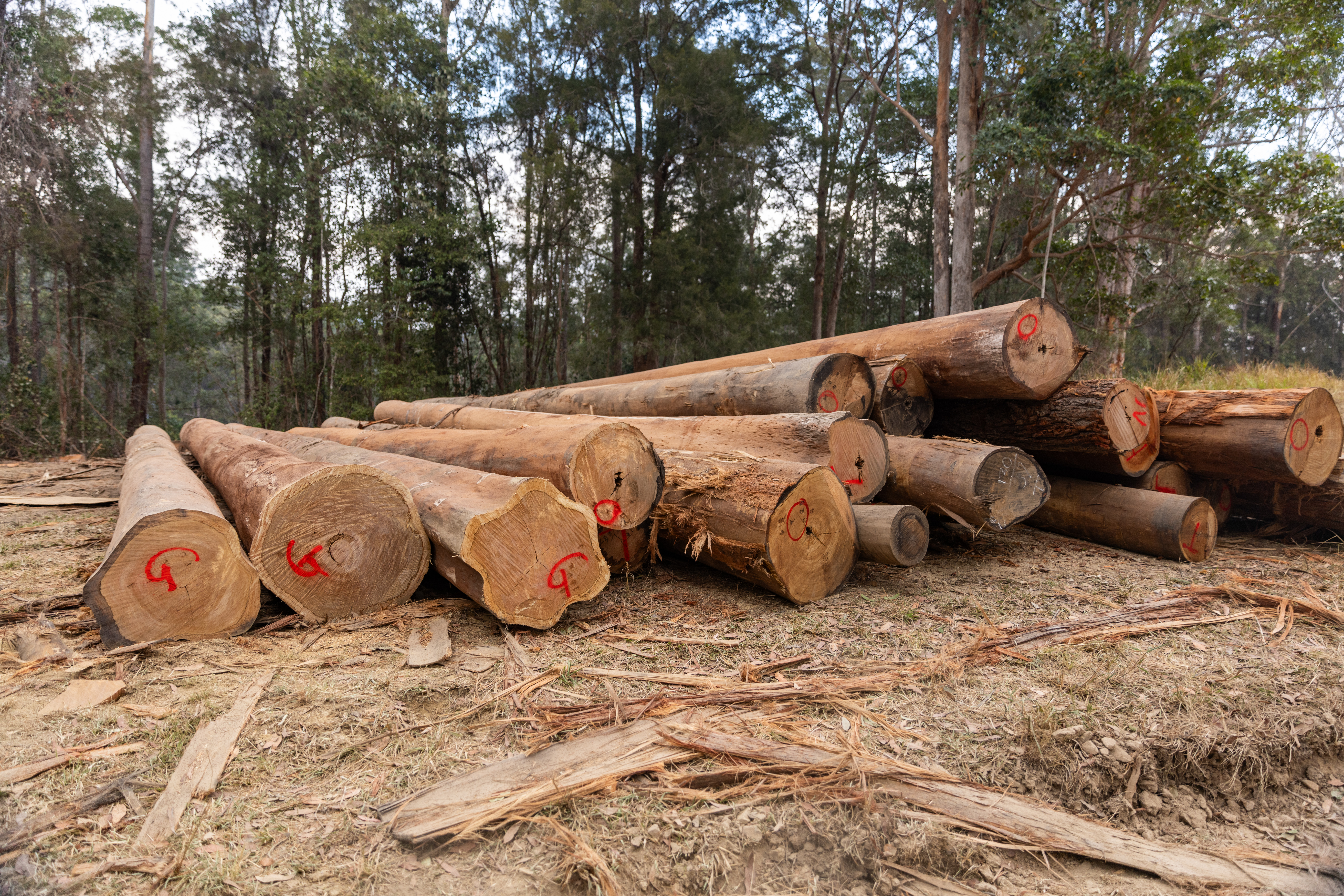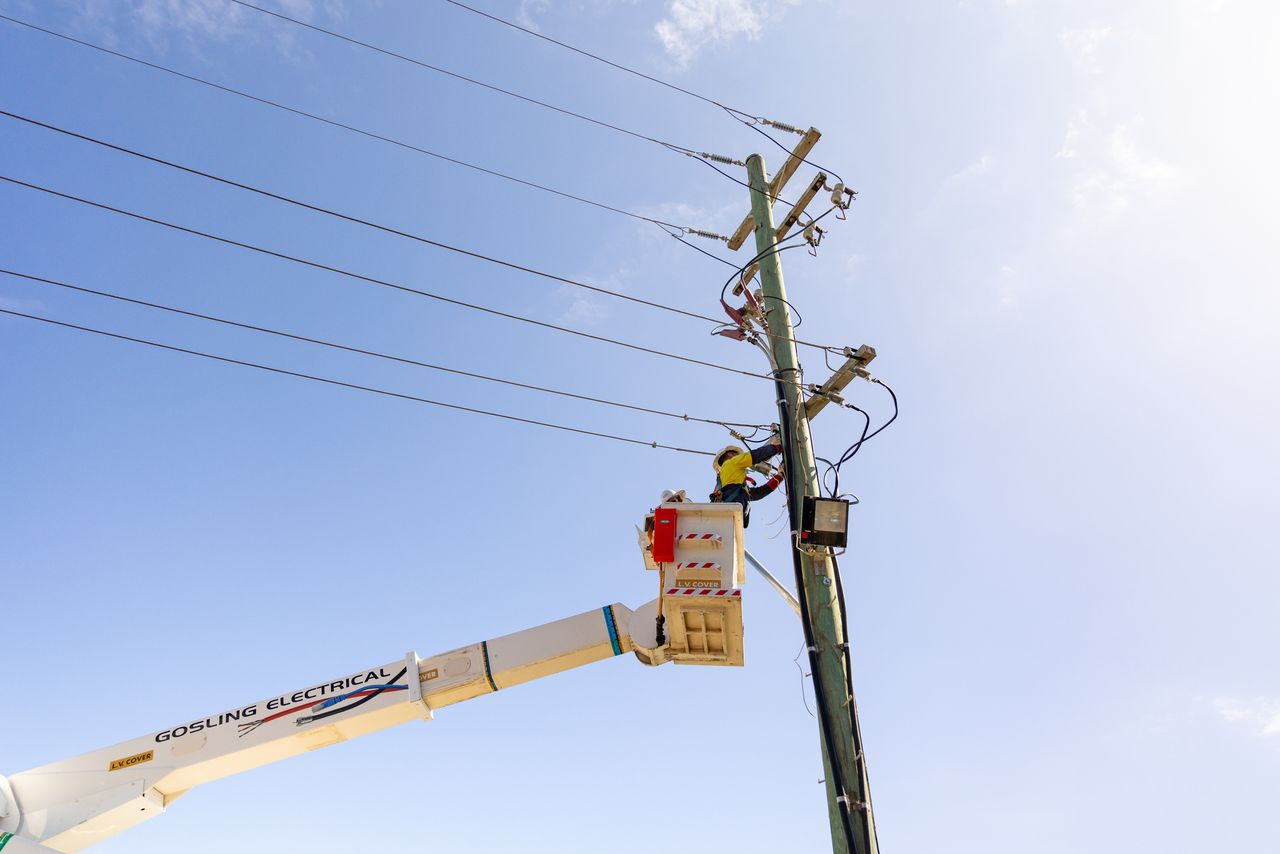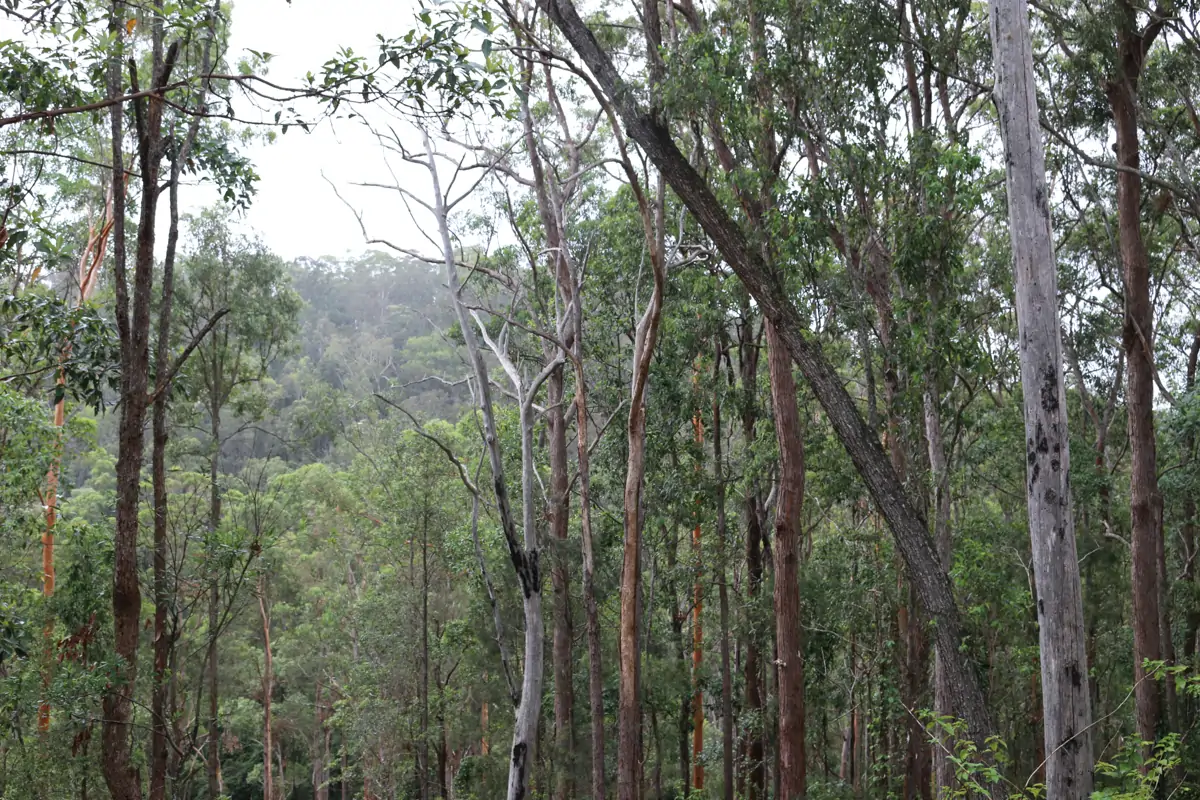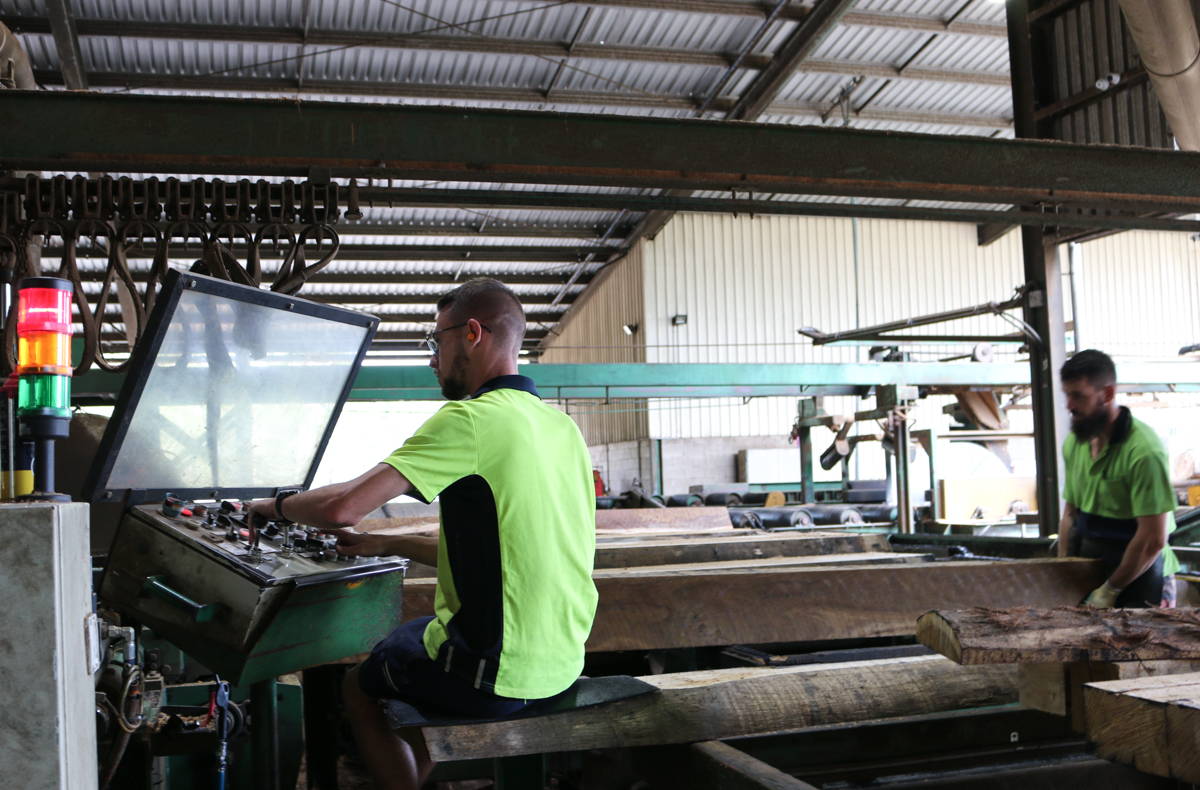Sustainable forest management (SFM) is a vital practice in ensuring that forests are used in a way that meets the needs of current generations without compromising the long term health of the forest. A key element of SFM is log grading—the process by which logs are assessed and categorised for their quality and suitability for different applications. This practice minimises waste and maximises timber value.
Log grading is essential for efficient timber harvesting and maintaining ecological balance. By evaluating the quality and defects of each log, forest managers ensure that timber is used appropriately, promoting selective harvesting that allows for tree regeneration and biodiversity preservation. In this blog, we’ll explore the factors that determine the value of hardwood logs in Australia and how effective log grading contributes to sustainable forest management.
Debarking Timber Ensures Consistent and Reliable Log Grading.
After the timber has been harvested and transported to the log dump, debarking of the logs then takes place. The bark is removed using specialised equipment, such as an excavator or mechanical debarking machine to efficiently strip the bark from the logs, revealing the clean wood underneath. It’s important a skilled operator performs the debarking to avoid damaging the logs during the process.
You can read more about forestry equipment in our blog: The Evolution of Forestry Technology in Australia.
This debarking improves the visibility for effective and accurate grading, making it easier to spot any defects and better evaluate the timber quality. This step also makes it much easier to process at the sawmill, as well as reduces the weight of the logs, making them easier and more cost-effective to transport.

Understanding Log Grading
Log grading involves evaluating the physical attributes of a log, including its species, length, girth, straightness and defects, to determine its suitability for different end-uses. Australian hardwood is graded based on these criteria to ensure that the right quality is harvested for the right purposes, whether for high-end furniture, flooring, construction or other applications.
Log Grading Criteria
Forestry experts and log graders use the following five key criteria to classify each log and determine the value of the timber.
1. Species
The species of tree plays a significant role in determining the log’s value, based on their aesthetic qualities, strength and durability. Coastal Blackbutt, Spotted Gum, Grey Ironbark and Tallowood are some of the most prized hardwood species in Australia and all found on the NSW North Coast. Read more about Australian timber values here: Our 2024 Guide to Australian Timber Values by Species.
2. Log Length
Longer logs typically yield more usable timber, making them more valuable than shorter logs. However, the length must be considered alongside the log’s straightness and overall quality—long logs with significant defects may still be valued lower.
3. Log Girth
The size and shape of a log are key determinants of its grade. Larger logs with consistent diameters and minimal tapering are more valuable as they produce more usable timber with fewer defects. Logs that are irregular in shape or exhibit significant tapering are more difficult to process, often resulting in a lower grade and reduced market value.
4. Straightness
Logs that are straight and free from the characteristics that lend them to warping are more valuable, especially for high-end products. Curved or twisted logs can still be processed but typically receive a lower grade due to the additional processing challenges.
5. Defects and Quality
Defects such as limbs, knots, splits, rot, pipe, gum vein and open rings significantly impact a log’s value. The fewer the defects, the higher the grade. High-quality timber is in demand for premium products, while logs with more defects are used for lower-grade applications.
The grading system for hardwood logs typically includes a classification system that divides logs into various grades, ranging from high-quality timber suitable for premium products such as high-end furniture and flooring to lower-grade material used for lower-value products such as pallets. It is not uncommon for one log to be graded into two different grades, with the best part of the log suitable for flooring and the other for pallets for example.
Structural timber grading and appearance timber grading are the two main grading systems used in Australia. The former is used to determine the inherent strength of the timber based on species and the number of defects present. The latter focusses on grading timber used in application where appearance is important, grading timber as select, standard and feature grade. Read more on timber grading at Macleay River Hardwoods – Timber Grading
Further SFM classification
At SFM we grade logs into the following classifications: Veneer, girders, poles & piles, large high quality saw log, small high quality saw log, low quality sawlog, fencing and firewood.
SFM log grading is a transparent process, with the landholder provided a personalised load docket itemising each tree based on length, girth, grade, species and volume, which then determines the royalties to be paid based on the value of each line item.

Log Grading & Sustainable Forest Management
In summary, log grading is a crucial element of sustainable forest management in Australia, ensuring the responsible and efficient use of hardwood resources. By assessing factors like species, size and quality, forestry professionals can maximise timber value while minimising wastage. Sustainable practices, such as selective harvesting and cool burns, help preserve biodiversity, soil health, and forest ecosystems, ensuring that valuable hardwood resources continue to thrive for future generations.
Want to find out how you can get your timber valued? Simply get in touch today for a free assessment and appraisal of your private native forest. With several decades of experience in private forest management, we know a thing or two about the trees you’ll find on your property. We can help you identify your tree types, health, forestry potential and timber value. Sustainable Forest Management operates along the East Coast, with a core focus on Northern NSW.
Interested in what happens next? Read more in our blog on How Australian Timber is Processed.



